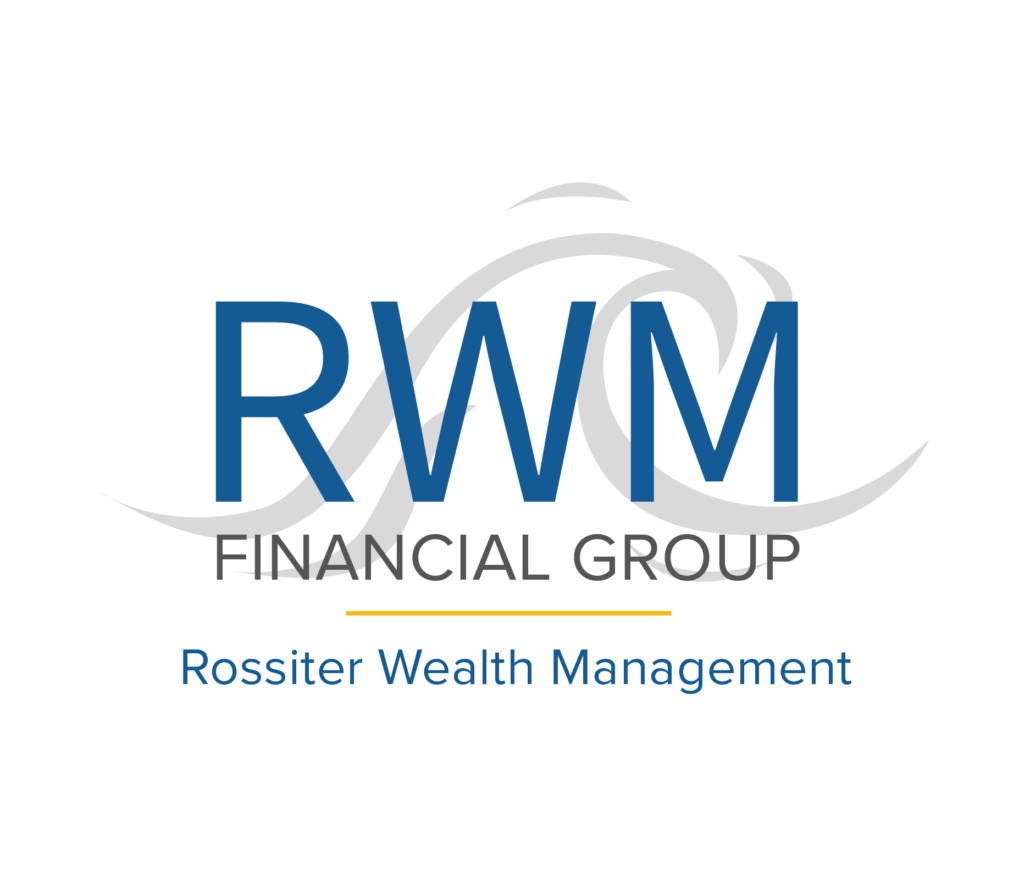Checking Under the Hood
How to Perform a Six-Step Maintenance Checkup on Your Retirement Plan
Does your retirement plan make curious noises when it travels over a few market bumps? Are you getting enough mileage out of your savings rate? Is your diversification strategy as energy-efficient as it should be? Performing annual maintenance on your 401(k) can help make the road to retirement as smooth as possible. Here’s a six-step checkup that can be performed in just a couple of hours over a weekend.
STEP 1: Review Your Goals and Plans
Each year you should ask yourself if you’re on track to reach your retirement goals. Part of that process is imagining (in detail) what you would like to be doing during that stage of your life. Are your goals and plans realistic? Has your thinking changed at all — and why? The American Savings Education Council (www.asec.org) has a wealth of resources to help you review and adjust your goals and plans as needed, including their “Savings Goal Calculator” and other tools that can help you determine how much money you need to save for retirement.
STEP 2: Maximize Your Contributions
If you’re not contributing the maximum possible to your plan, increase your contributions by at least 1% each year, with a general goal of eventually reaching around 15% of your salary. Try to contribute at least enough right now to get the full employer match (if offered). It’s one thing to read this and say to yourself “yes, I can definitely increase by 1%.” But it’s only going to happen if you stop everything you’re doing right now, log into your account on your recordkeeper’s website and make the change!
STEP 3: Review Your Investment Strategy
Given all the market turmoil over the past few years, including inflation and economic events beyond our control, it’s smart to ask yourself each year if your asset allocation is still appropriate. Or, if your tolerance for risk has fundamentally changed. Your plan recordkeeper likely has a risk tolerance assessment exercise you can access on their website. In addition, consider working with a financial advisor to help you determine if your investment strategy is in sync with your current personal situation.
STEP 4: Rebalance
Rebalancing is the process of adjusting your portfolio’s investments so they match your original allocation. When your portfolio gets out of balance, you may stray from your original risk comfort zone. For example, due to ongoing market volatility, your portfolio may have drifted toward either a more aggressive or conservative allocation than you are comfortable with. Rebalancing keeps your portfolio risk within your tolerance limits.
STEP 5: Check Beneficiaries
Your spouse is automatically the primary beneficiary of your 401k plan. But, if you are divorced, widowed or remarried, you should review your beneficiary designations to make sure the correct person is named. Also, if you want to name someone else (such as a child) as your primary beneficiary, and you are married, your spouse needs to sign a waiver of rights to your 401(k) benefits.
STEP 6: Check on Retirement Plan Changes
Does your retirement plan offer any new plan features, tools, or resources? What can you do to take advantage of these opportunities? Also, be sure you have a copy of the Summary Plan Description for your plan (available for free from Human Resources). The Summary Plan Description defines, in plain language, how your plan works and what its features are.
This material was created for educational and informational purposes only and is not intended as ERISA, tax, legal or investment advice. If you are seeking investment advice specific to your needs, such advice services must be obtained on your own separate from this educational material.
Kmotion, Inc., 412 Beavercreek Road, Suite 611, Oregon City, OR 97045; www.kmotion.com
©2023 Kmotion, Inc. This newsletter is a publication of Kmotion, Inc., whose role is solely that of publisher. The articles and opinions in this newsletter are those of Kmotion. The articles and opinions are for general information only and are not intended to provide specific advice or recommendations for any individual. Nothing in this publication shall be construed as providing investment counseling or directing employees to participate in any investment program in any way. Please consult your financial advisor or other appropriate professional for further assistance with regard to your individual situation.
RP-840-0523 Tracking #1-05376250











